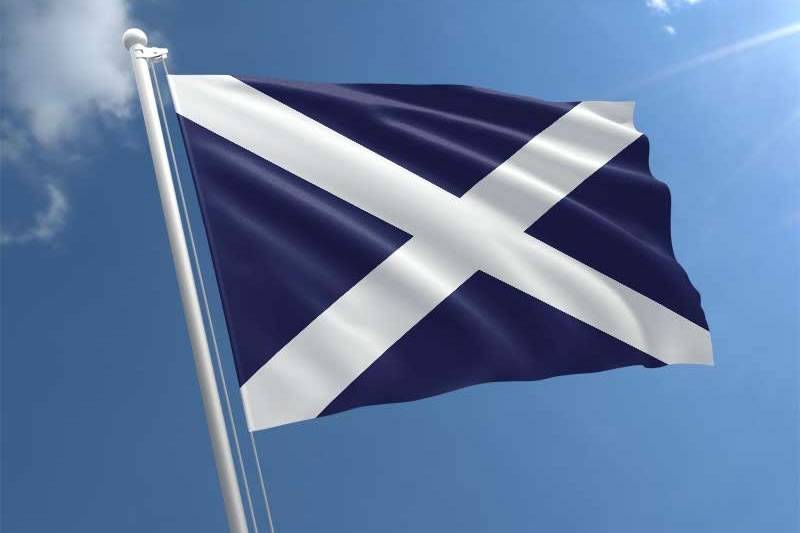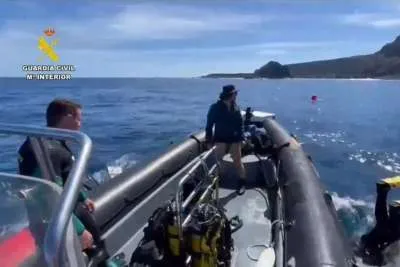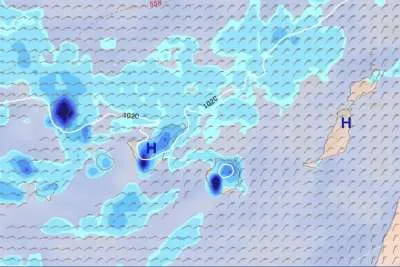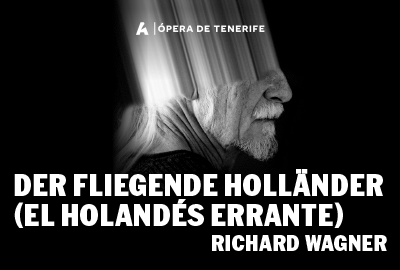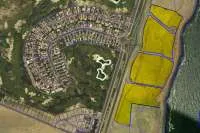Why do Tenerife and Scotland have the same flag?
- 23-05-2025
- Tenerife
- Canarian Weekly
- Photo Credit: Freepik
At first glance, the flags of Tenerife and Scotland appear virtually identical: a striking white cross in the shape of an "X" on a blue background. However, while the symbol is shared, the origins behind these near-identical banners are rooted in very different historical contexts.
As content creator @albasaenc explains in a recent TikTok video that has gained traction online, the shared symbol is the Saltire, a diagonal cross that has long been associated with Saint Andrew, the patron saint of Scotland.
The Scottish Origin: A Heavenly Sign in Battle
According to legend, Saint Andrew was crucified on an X-shaped cross, having requested this form of execution out of humility, believing himself unworthy to die as Jesus did.
The Saltire became linked to Scotland in the 9th century. During a fierce battle, the Scottish king is said to have prayed for divine aid. In response, a white cross appeared in the sky, interpreted as a sign from Saint Andrew.
The Scots went on to win the battle, and the Saltire was subsequently adopted as a national symbol. It has flown as the official flag of Scotland ever since.
Tenerife’s Saltire: A Naval Emblem from the 19th Century
Tenerife’s connection to the Saltire, however, stems not from legend or religion, but from the naval administration of the 19th century. In 1845, a Royal Decree granted a maritime flag to the then-unified province of the Canary Islands.
The design? A white Saltire on a blue background, intended to identify merchant ships belonging to the province.
Following the eventual division of the islands into two provinces, the maritime province of Santa Cruz de Tenerife retained the flag, while Las Palmas de Gran Canaria adopted a new one.
While visually identical to Scotland’s, the symbol in Tenerife had a purely functional origin, as part of a registration system for vessels, rather than spiritual or cultural significance.
A Symbol that Took Root Locally
Over time, the similarity between the two flags did not go unnoticed, particularly in communities such as Icod de los Vinos, where Saint Andrew has long been held in high regard. Gradually, the Saltire became part of Tenerife’s local identity.
In 1989, the Cabildo de Tenerife officially adopted the flag of the island, taking inspiration directly from the old maritime banner. Though the shade of blue is typically darker than that of the Scottish flag, the iconic Saltire remains the centrepiece.
Two Flags, Two Stories
In summary, the flags of Scotland and Tenerife may look the same, but while one was born from a legend on the battlefield, the other rose from the sea, as a mark of nautical identity.
Today, both continue to fly proudly, bearing witness to the rich and diverse histories of two distant yet symbolically connected lands.
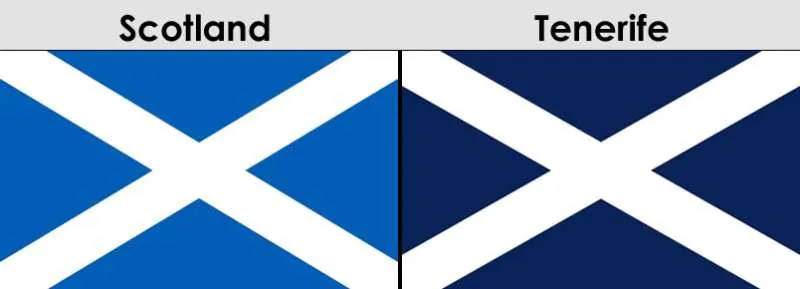
Other articles that may interest you...
Trending
Most Read Articles
Featured Videos
A Vision of Elvis Tenerife Promo
- 10-05-2025
TEAs 2025 Highlights
- 17-11-2025


